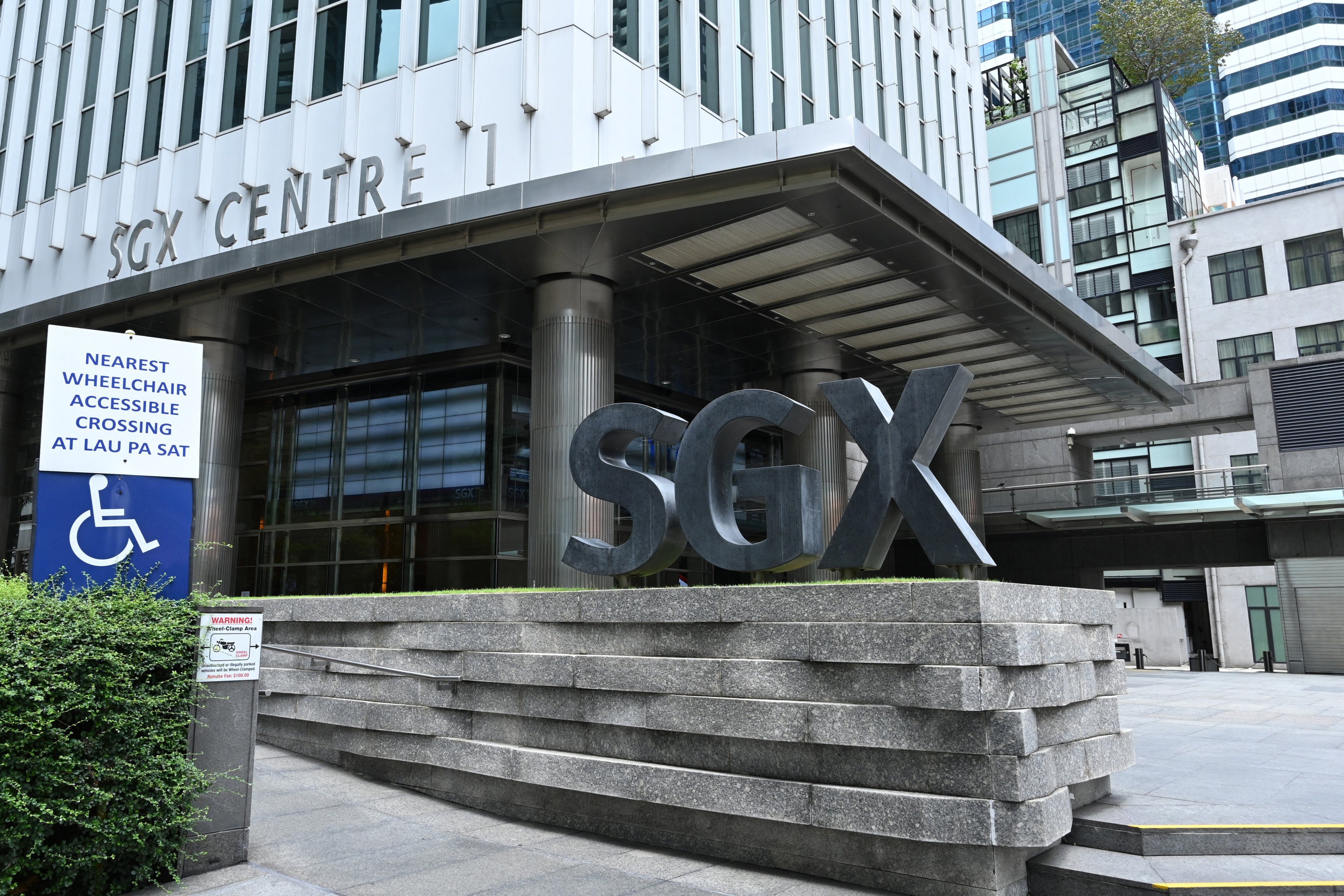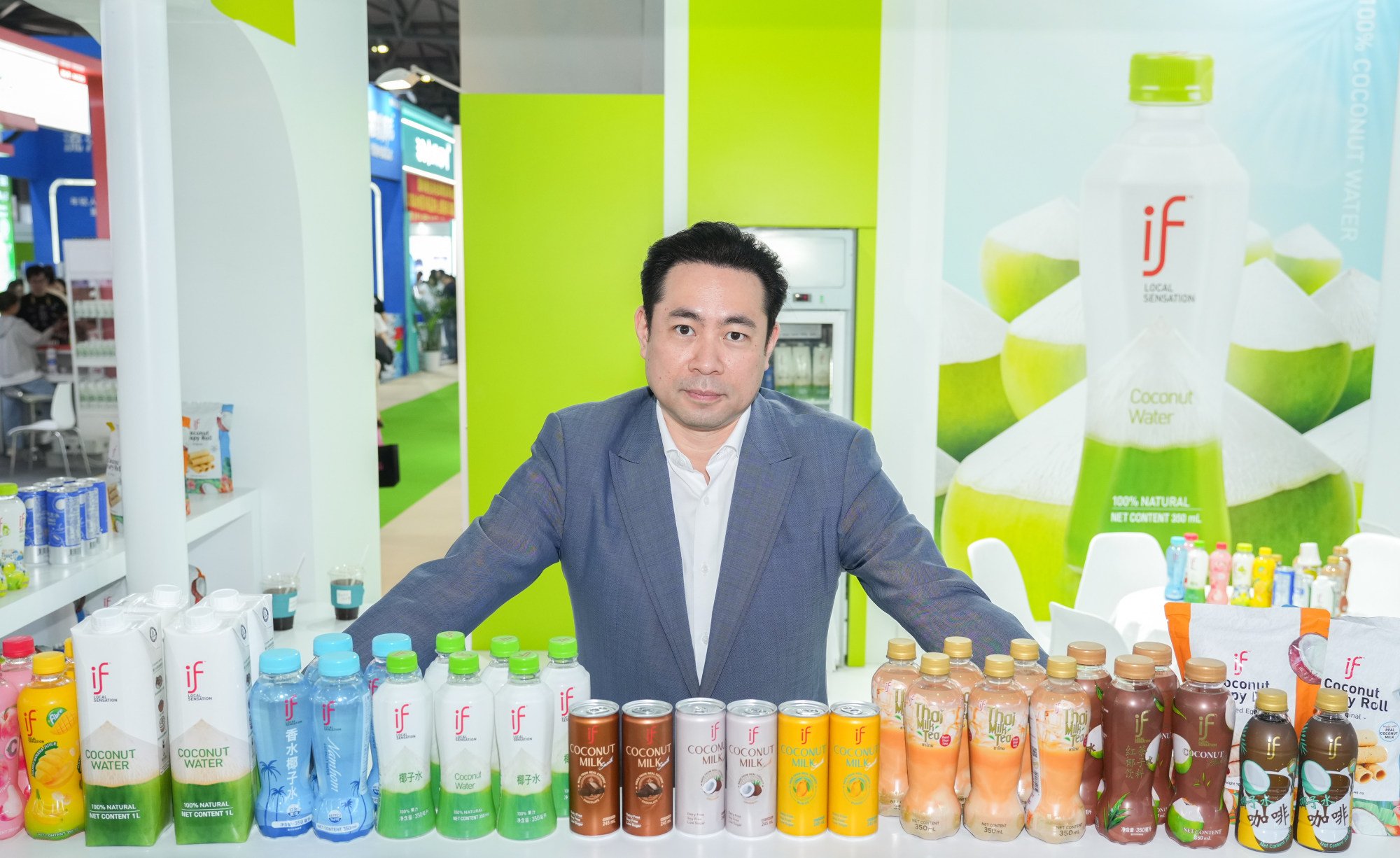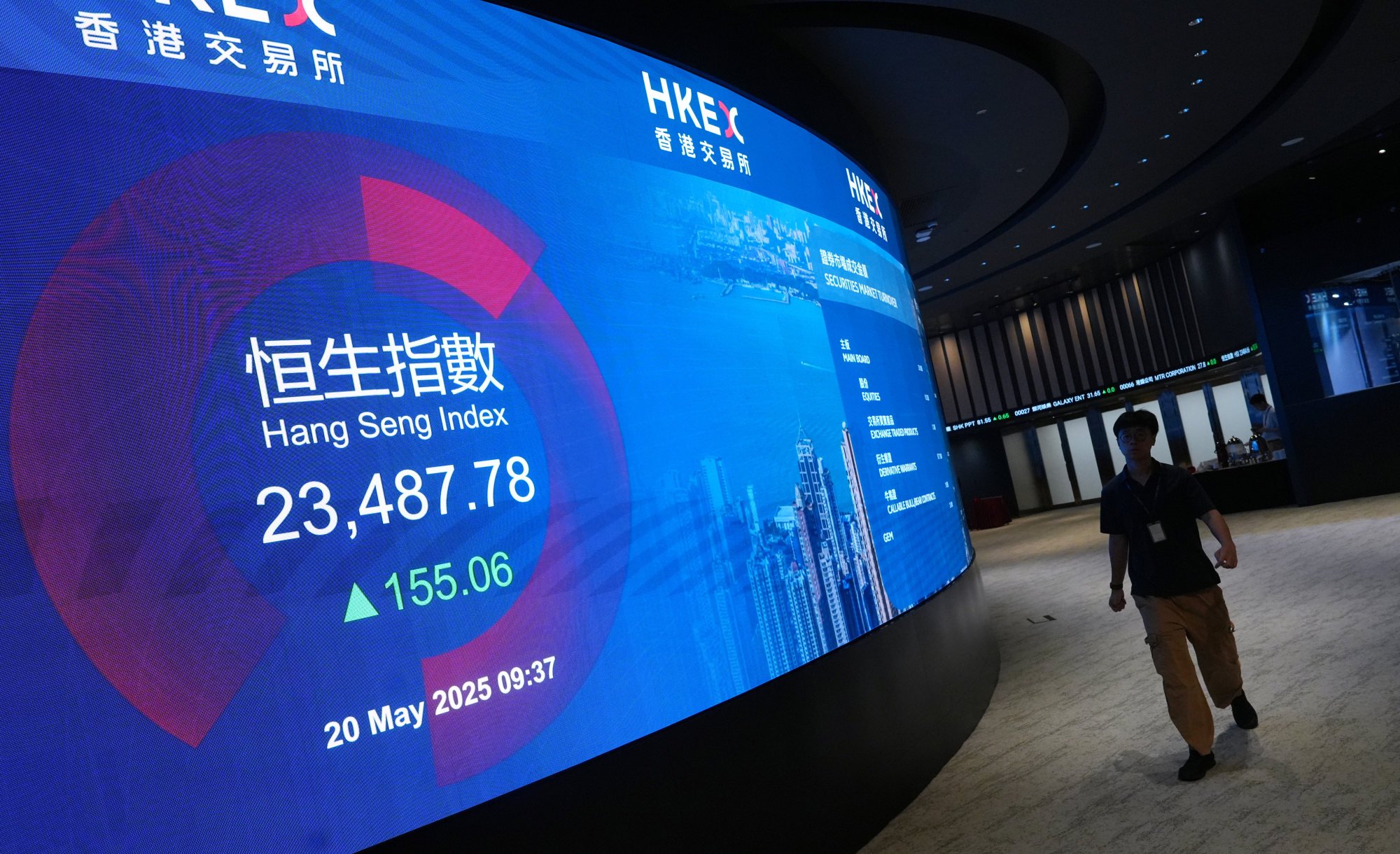Hong Kong’s IPO dominance leaves Singapore grasping for lost allure
The listings of IFBH and Mirxes underline Hong Kong’s superiority, but Singapore is not giving up, bankers and analysts say

Hong Kong’s vast lead over Singapore as a listing venue appears unassailable, with even the Southeast Asian city’s home-grown companies heading north to raise funds, but the city state remains determined to improve its allure, according to bankers and analysts.
IFBH, a Singapore-incorporated Thai firm that is the world’s second-largest bottler of coconut water, started trading on the Hong Kong stock exchange on Monday after completing a HK$1.16 billion (US$147 million) initial public offering (IPO). The bottler of the If brand had planned to list in Singapore but changed course and applied in Hong Kong in April, citing strong connectivity with mainland China, its most important market.
IFBH’s debut in the city followed that of Mirxes, a Singaporean biotechnology company that raised HK$1.09 billion and saw its shares surge 28.8 per cent on the first day of trading on May 23.
The Singapore Exchange (SGX) recorded just one IPO this year, raising US$4.5 million, while the Hong Kong stock exchange raised US$13.2 billion through 38 deals, according to data from the London Stock Exchange Group. Last year, SGX had four deals totalling US$34.2 million, compared with Hong Kong’s US$11.3 billion from 67 deals.
IFBH and Mirxes underline the valuation upside and deep liquidity in Hong Kong’s stock market, which has a market capitalisation of US$6.5 trillion – up 37 per cent from a low point last September – and a daily trading volume of around US$30 billion. Meanwhile, Singapore’s stock market is worth about US$488 billion and has a daily trading volume of about US$1.1 billion.
Despite US-China trade tensions driving some Chinese firms to expand in Southeast Asia and consider listings in Singapore, analysts said the impact on Hong Kong’s appeal as a listing venue remained minimal.
“Hong Kong still remains the preferred listing venue due to the market size and, more importantly, market liquidity including both fundraising amount and trading liquidity,” said John Lee Chen-kwok, vice-chairman and co-head of Asia coverage for global banking at UBS.
The IPO market gap between Singapore and Hong Kong was unlikely to narrow “materially” due to differences in overall size and fundraising volume, he added.

The Mirxes listing fell under bourse operator Hong Kong Exchanges and Clearing’s Chapter 18A listing regime for pre-revenue biotech firms, an example of how the exchange has improved its offering.
“That framework has drawn not only companies but investors, lawyers, analysts – the whole ecosystem,” said Zhou Lihan, CEO and co-founder of Mirxes, which counts China and Southeast Asia as its commercial focuses. “At the end of the day, a company goes to a stock market to raise funds from folks who understand what the company is doing.”
Liquidity constraints on SGX remain a key issue.
“If you look at Singapore-listed companies, over 60 or 70 per cent are controlled by Temasek or GIC,” said Frank Bi, head of corporate transactions practice at law firm Ashurst in Hong Kong, referring to Singapore’s state-owned investment company and sovereign wealth fund, respectively. The strong involvement of these state-related funds does not make it a “market-driven” or “liquid” listing venue, he said.
In February, the Singapore government led a task force to propose multiple incentives, including a 20 per cent tax break to attract listings and incentives for funds to invest in local stocks.
“That was a good shot in the arm to provide added confidence for issuers to consider Singapore,” said Anuruk Karoonyavanich, global head of equity capital markets at DBS in Singapore. He said Singapore had a healthy deal pipeline, driven by increasing investor appetite in a downward interest rate cycle and regulatory stimulation.
On Friday, Japanese telecoms operator Nippon Telegraph and Telephone filed to list its data centre real estate investment on SGX via a deal that could be worth US$1 billion – the largest in four years, according to media reports.
Companies with a strategic Southeast Asian focus and expansion plan, both Chinese and international, would consider Singapore for listings, according to Karoonyavanich.

Mirxes is preparing for a homecoming on SGX by seeking a dual listing on the main board. Last week, Hong Kong-listed China Medical System said it would seek a secondary listing on SGX to bolster its presence in the city state and globally.
Singapore, as a gateway to the region, has attracted a growing pool of capital from family offices and high-net-worth individuals. “That type of capital needs to be deployed as well, [which] can be redirected into regional or local businesses that can list here,” Karoonyavanich said.
Singapore’s stock market capitalisation could double by 2030, driven by large caps’ higher return on equity, a vibrant tech start-up ecosystem and the government’s campaign to revitalise the market, Morgan Stanley said in a report last week.
There should be plenty of room for both exchanges to prosper, Karoonyavanich said.
“The trend is that everybody wants to raise international capital and grow regionally,” and in that situation both Hong Kong and Singapore stood to “benefit most” within Asia and “thrive extremely well,” he said.
Additional reporting by Cao Li.